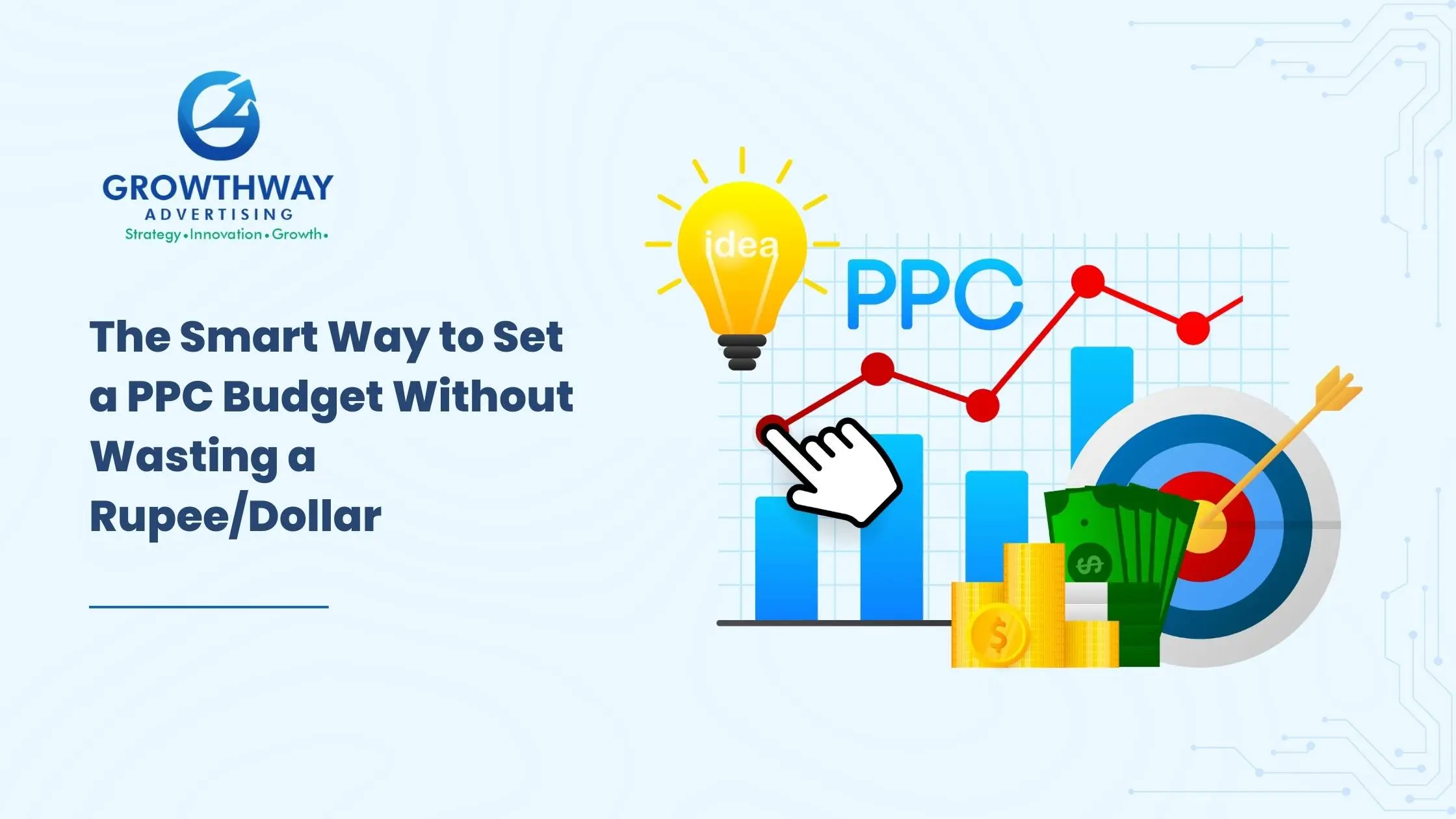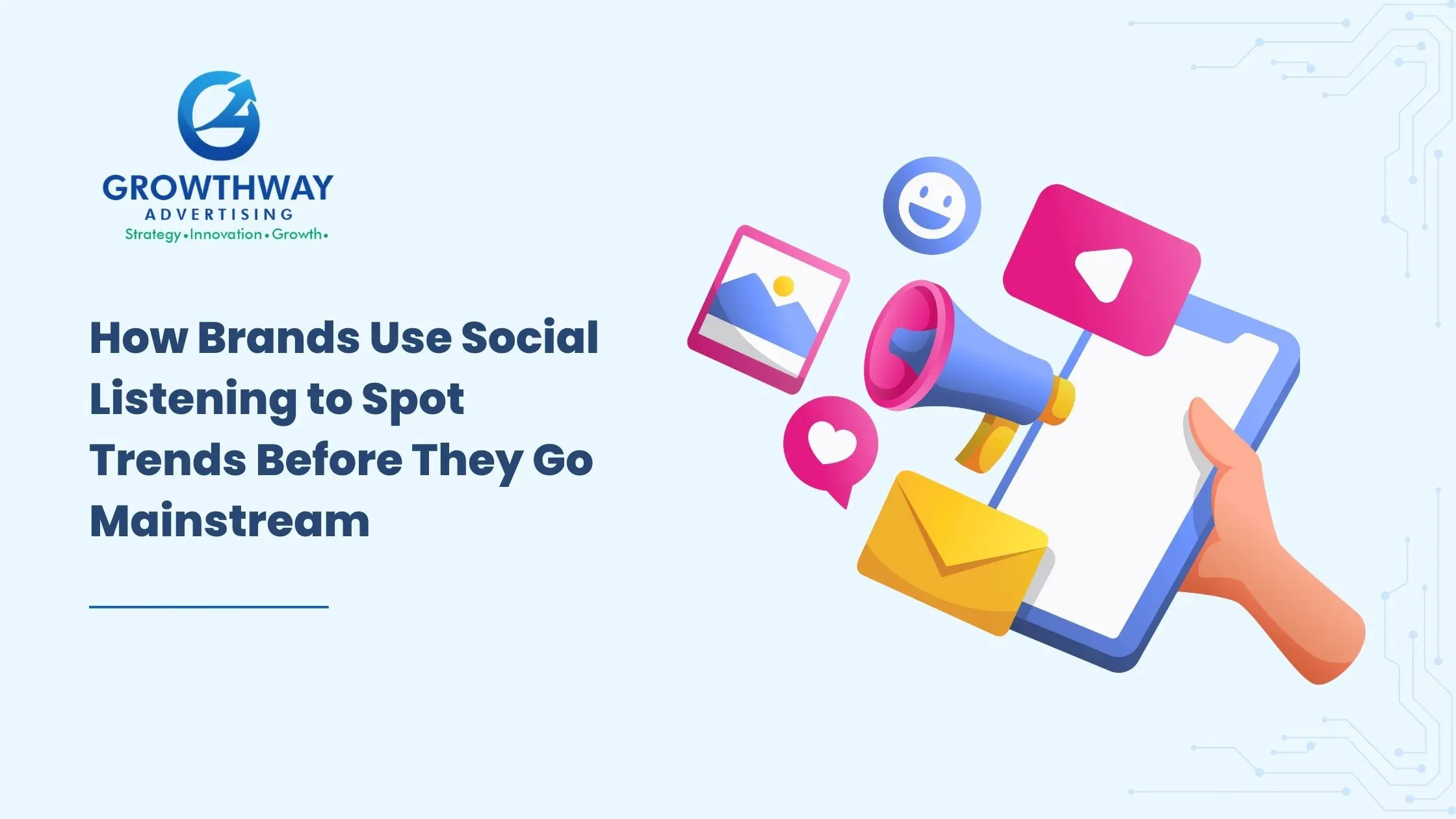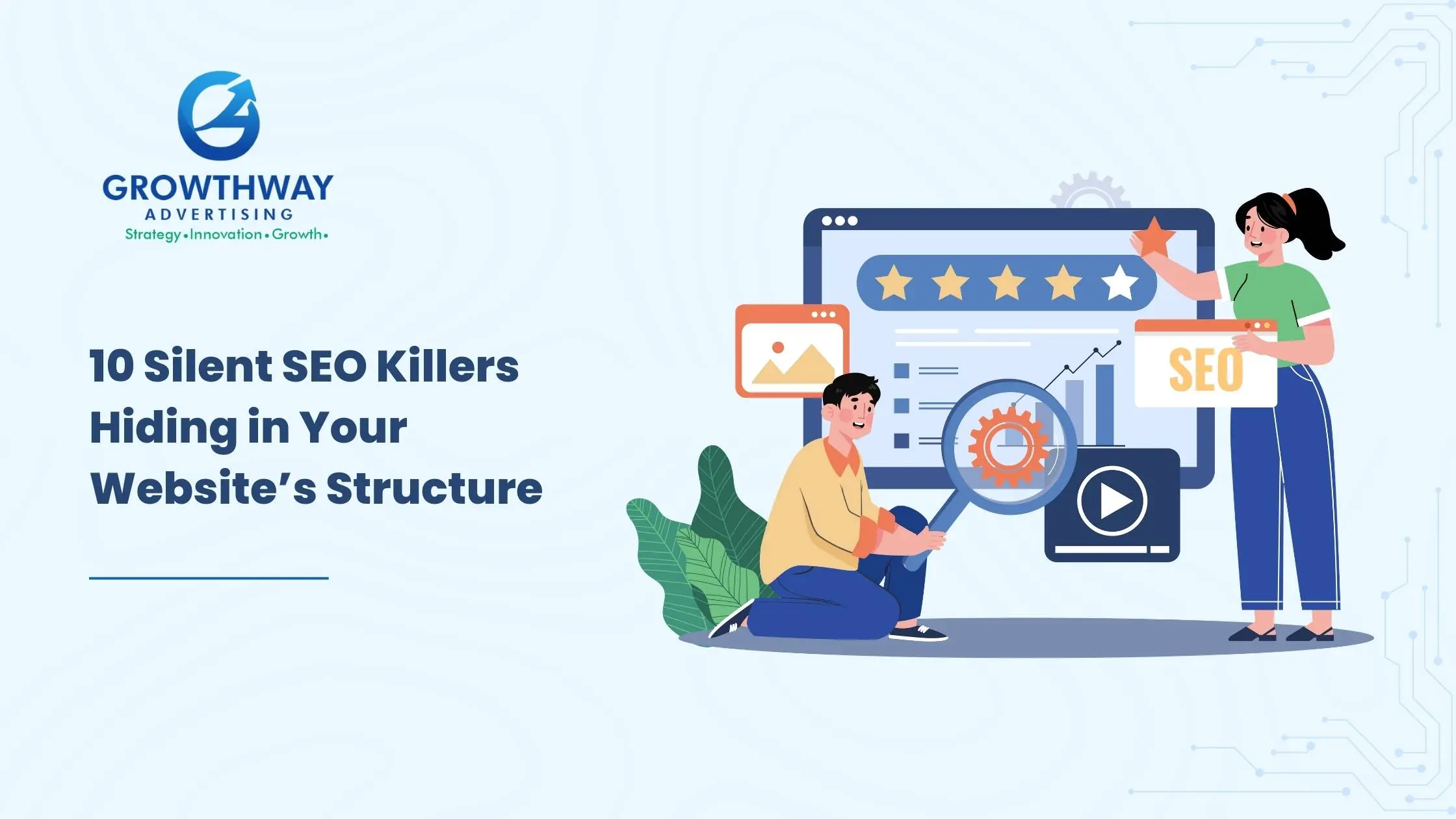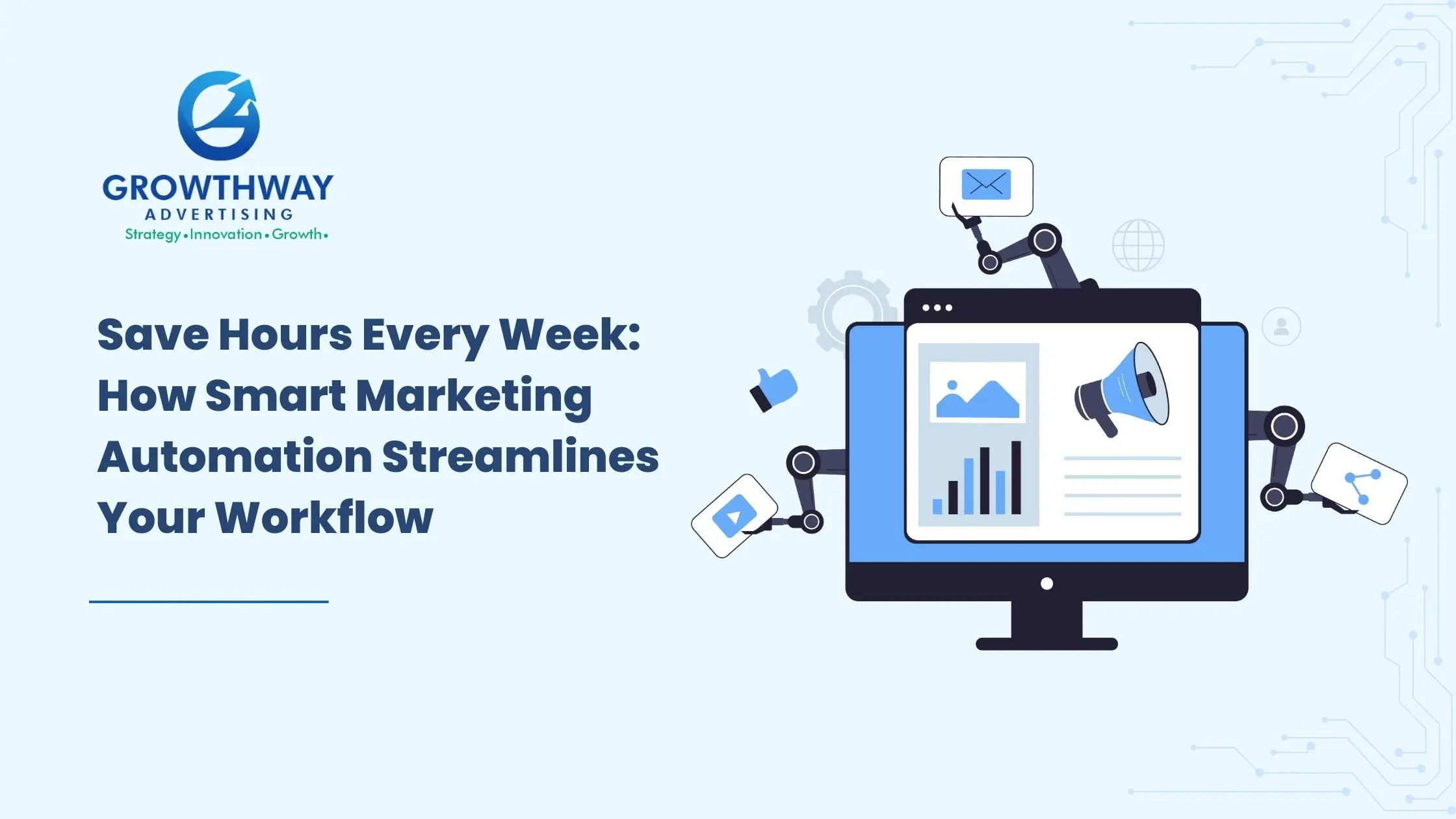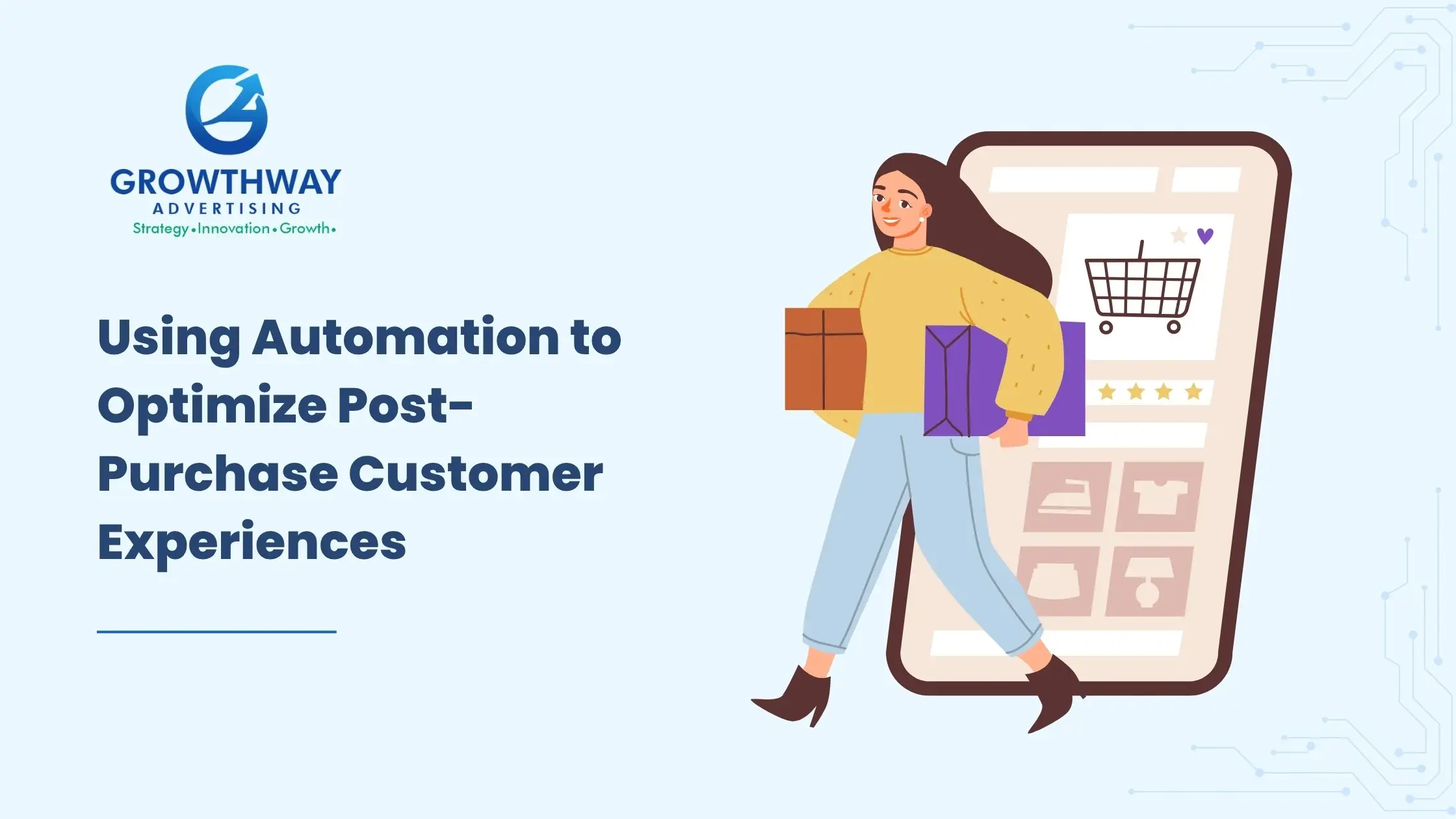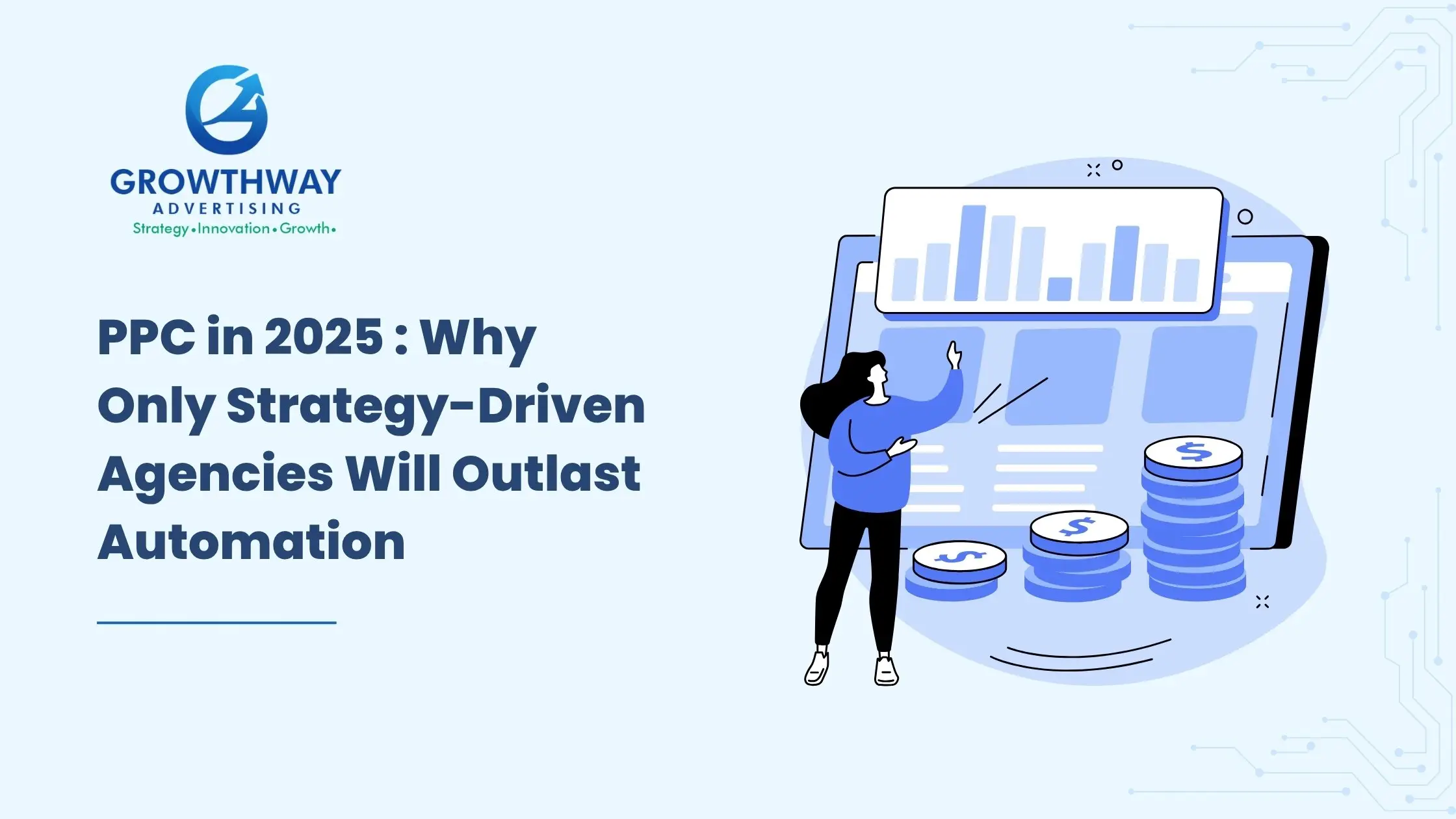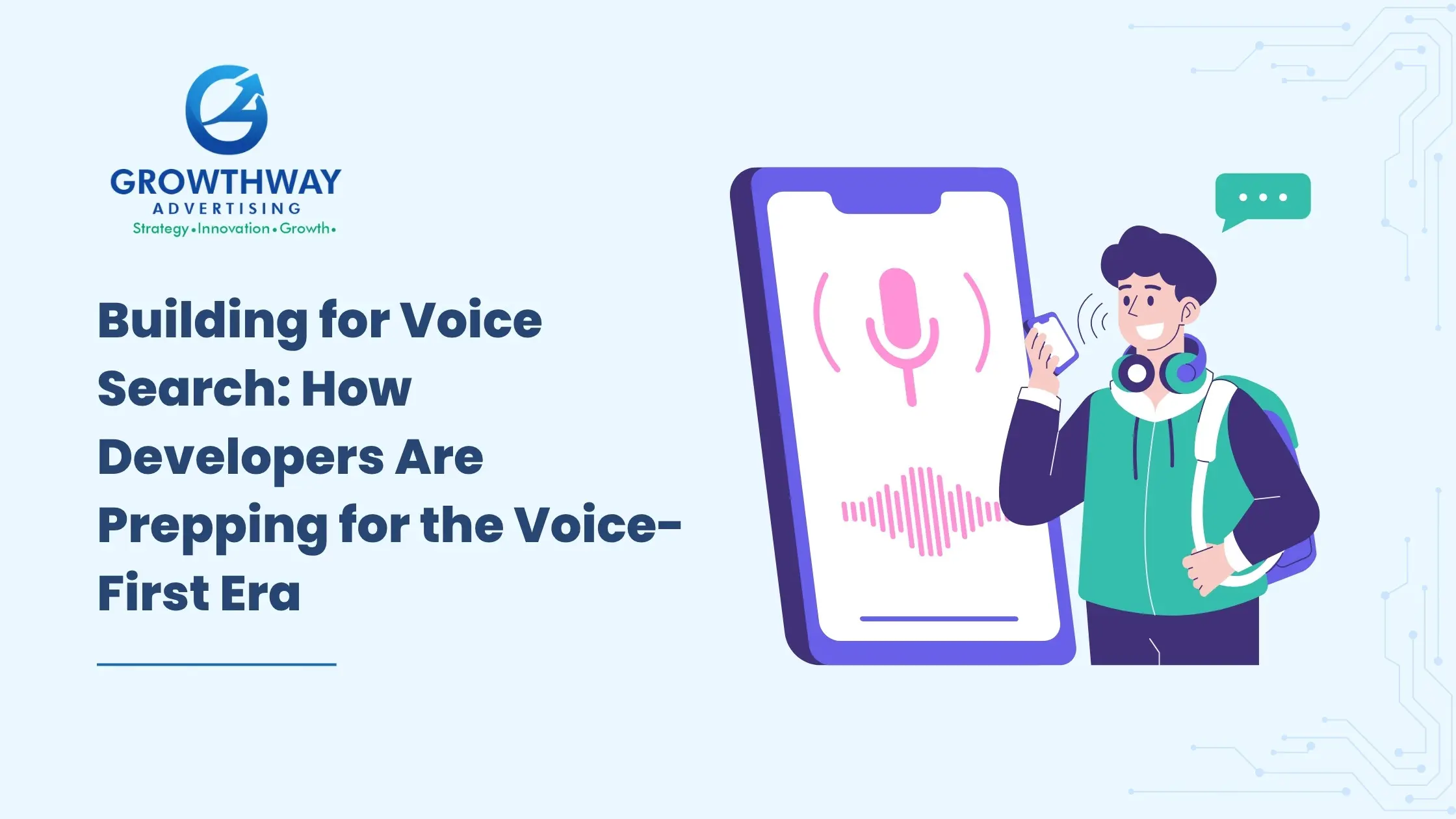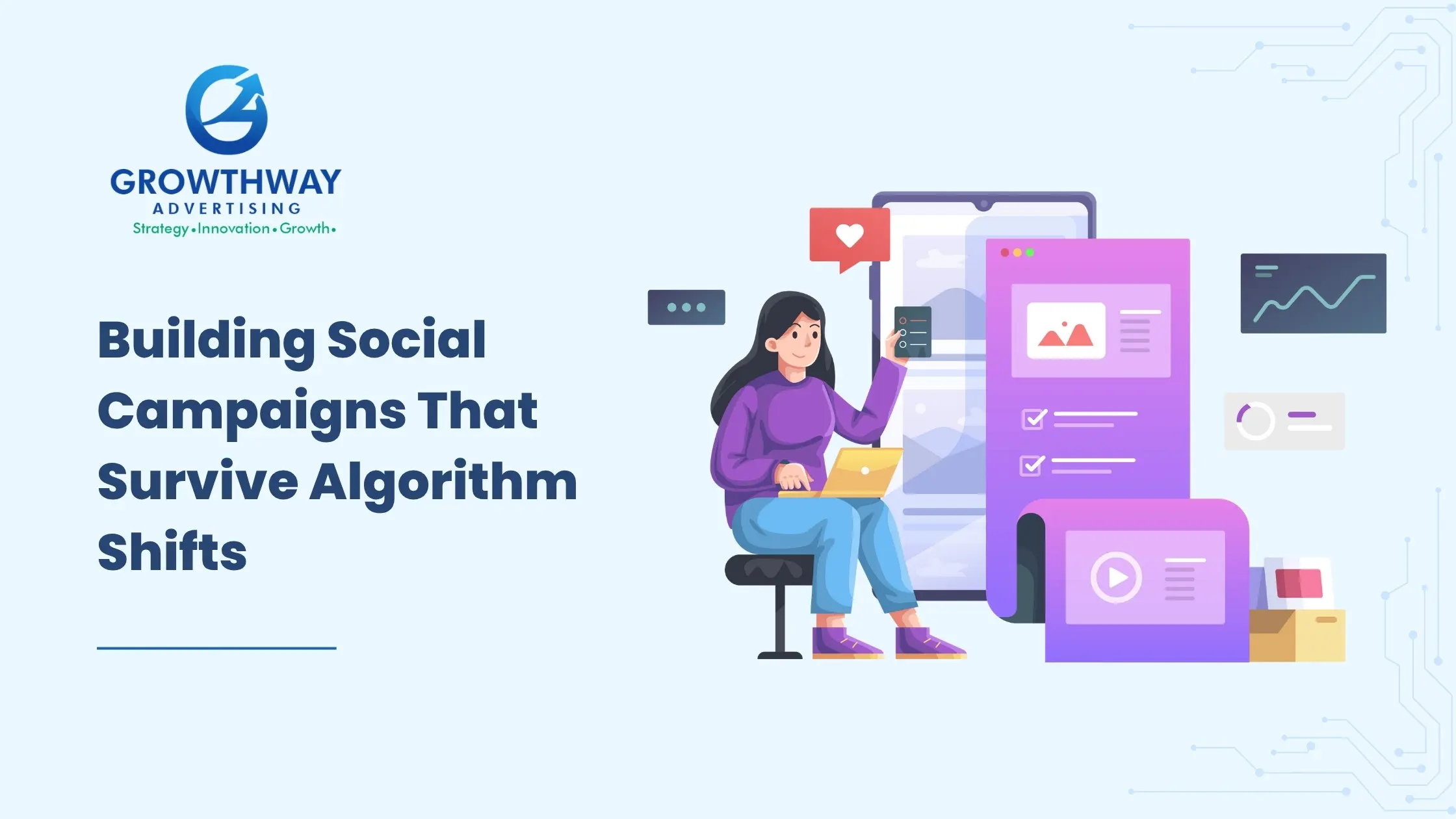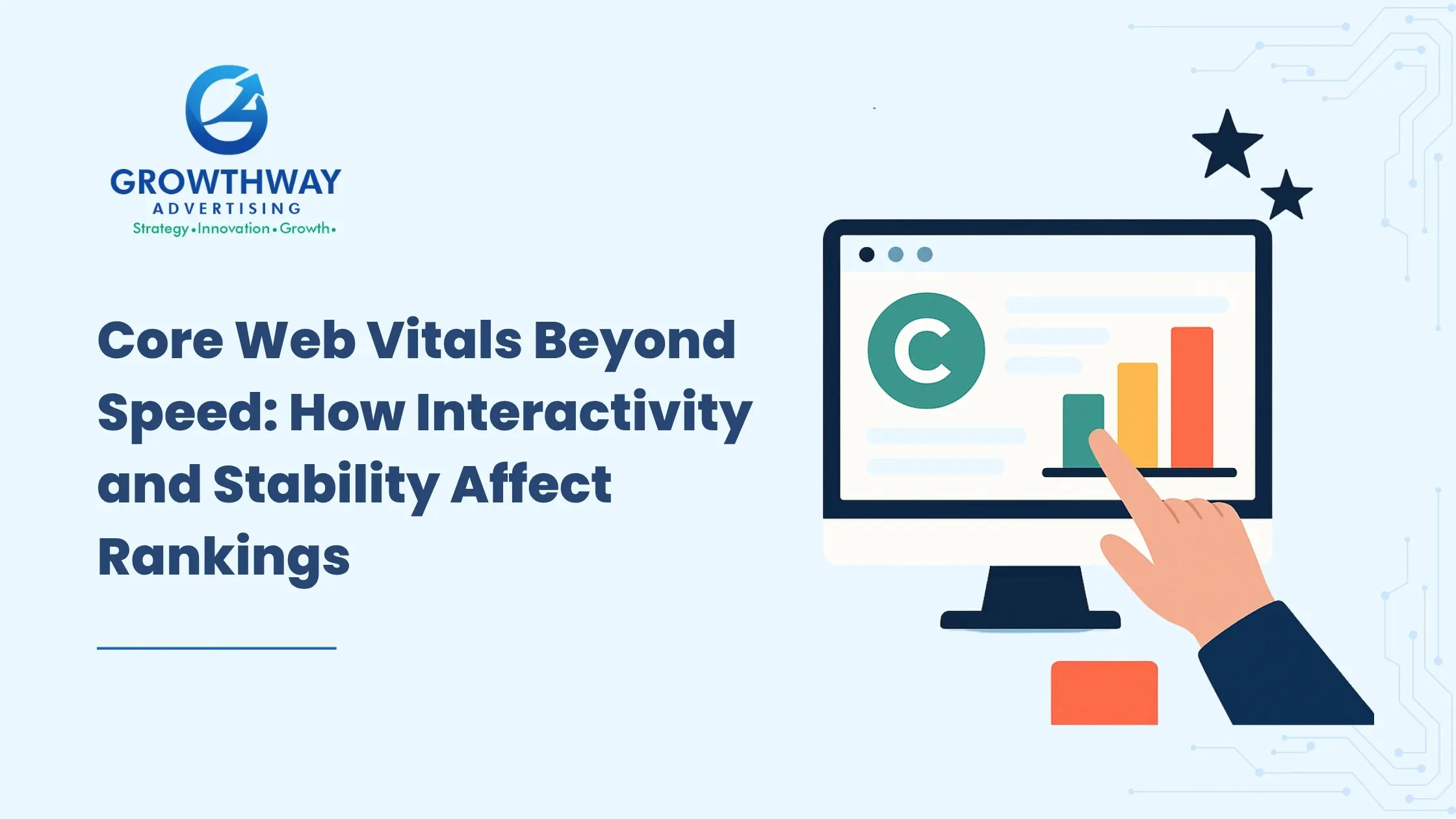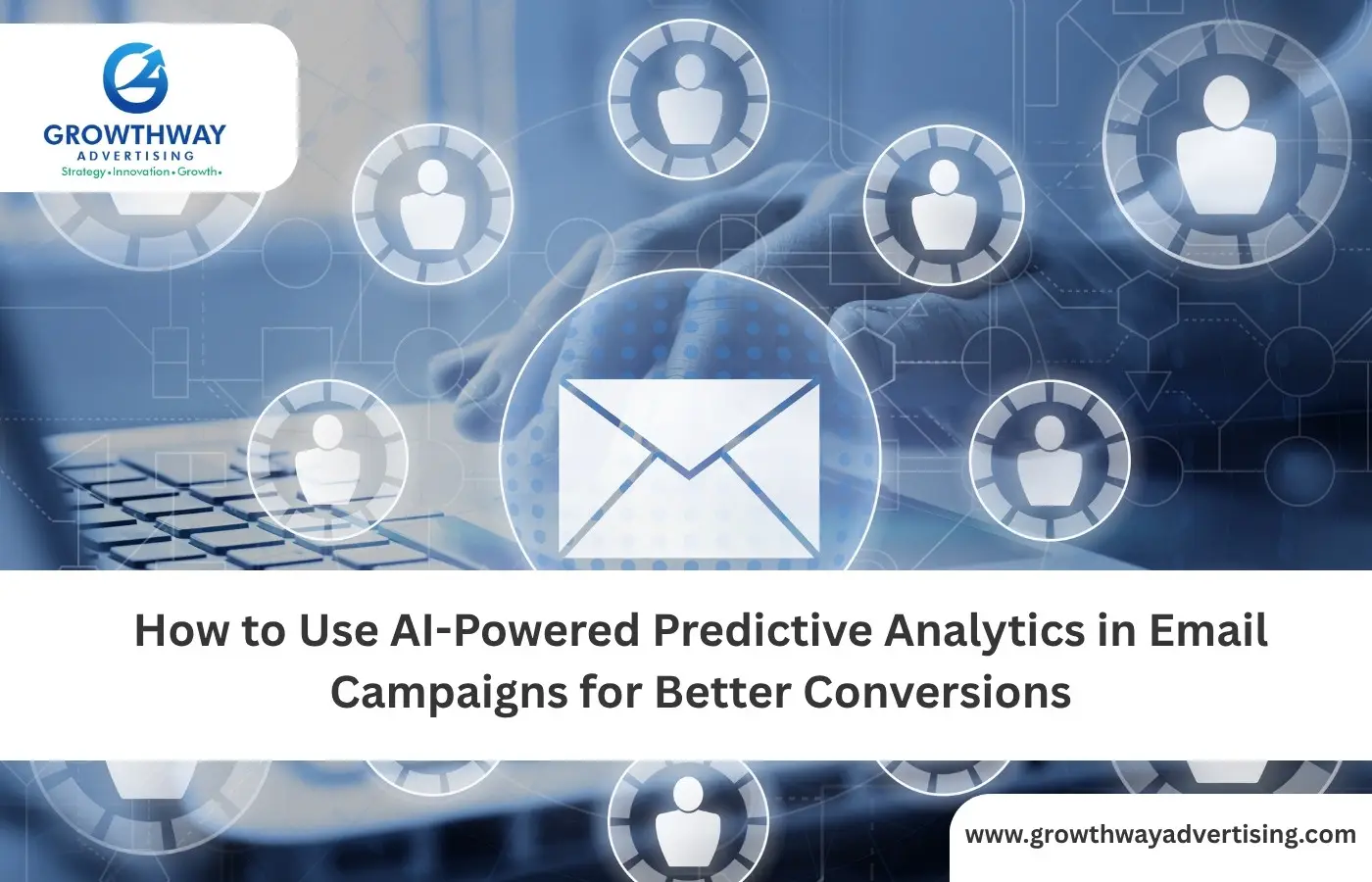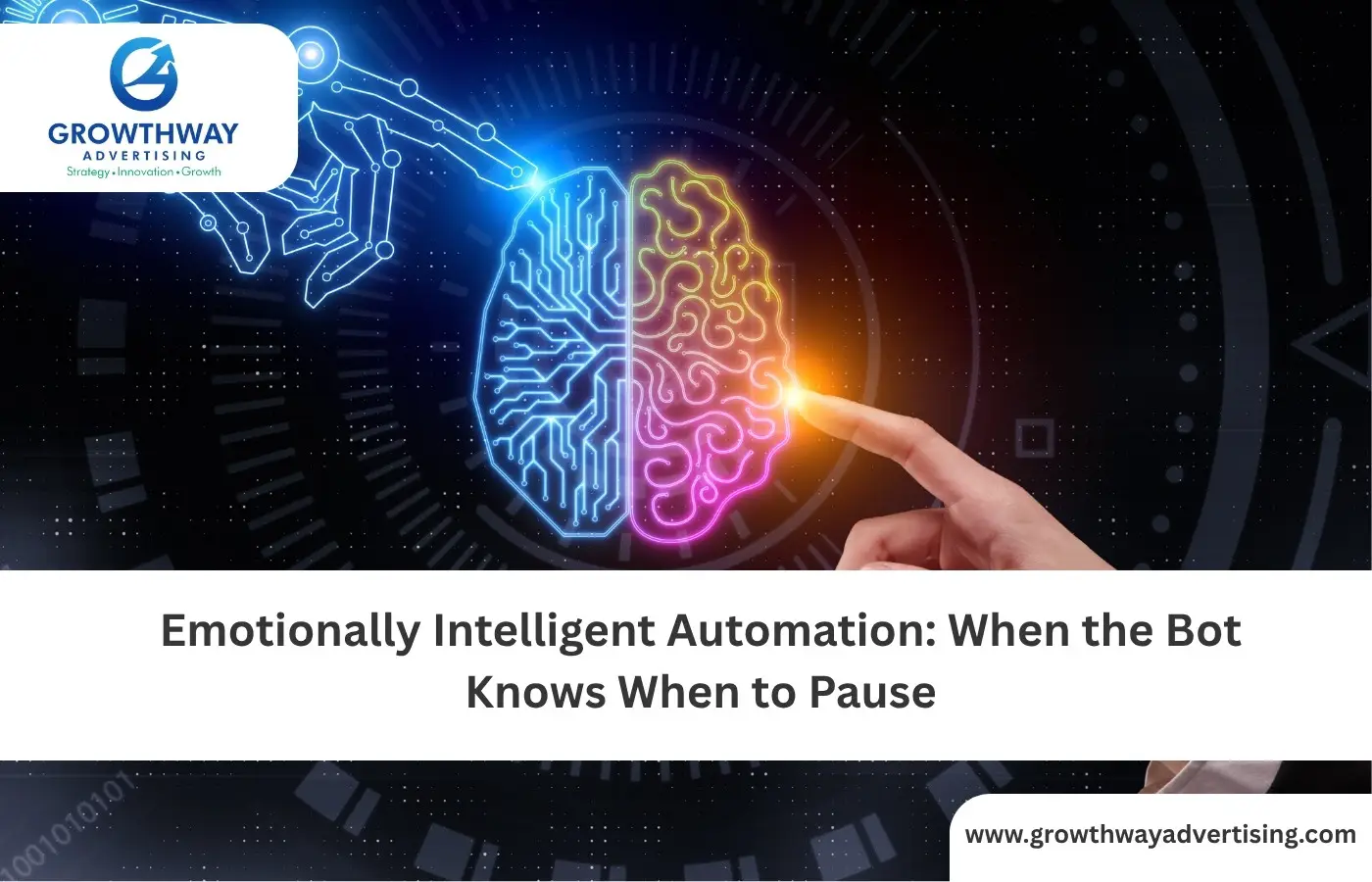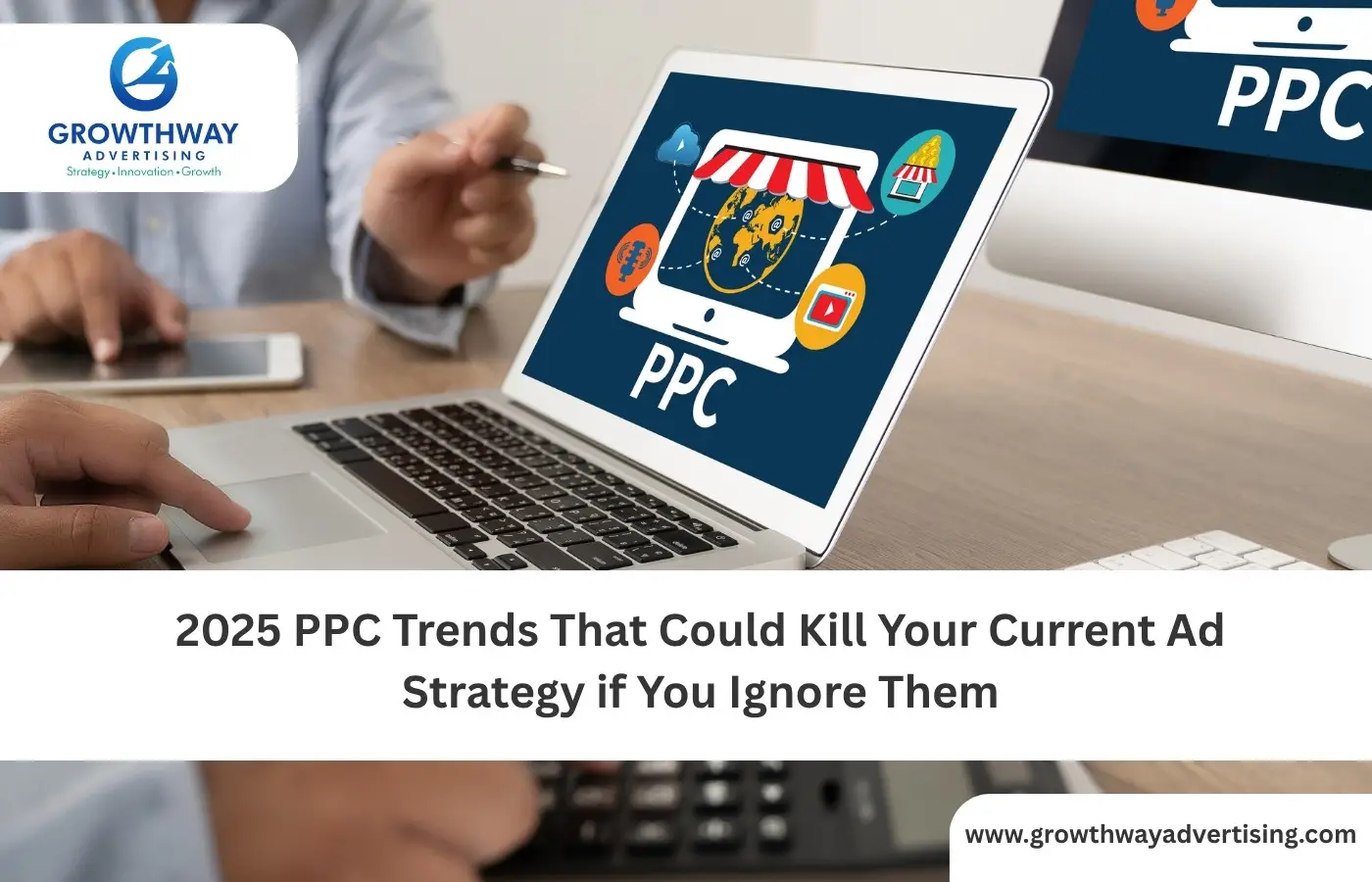With the digital age comes a desperate question for brands to answer, not how to get customers, but how to keep them in the long term. Although customer acquisition is possible via social media, paid advertising, and influencer campaigns, retaining customers through email marketing is the best channel since it is most reliable and cost-effective. Email done well can develop relationships and send repeat purchases and generate lifetime loyalty.
In order to dominate the customer retention, brands have to improve to the next level, beyond mere promotional blasts. That may require personalization, time, as well as the use of email automation to ensure that at the right moment, the messages being sent out sound the harmonies in the ears of every customer. This blog will reveal the best practices in retaining customers with the help of automation in email marketing that are mostly missed by major industry resources.
Why Email Is Crucial for Customer Retention
The inbox remains personal. Emails are permanent and have a very wide readership in contrast to social networks where the information is erased within a few seconds. In the case of eCommerce brands that have matured, according to industry standards, the said brands will find as many as 40 percent of revenue coming in courtesy of email-driven returning customers. Email enables:
- Direct communication without third-party algorithms.
- Controlled timing and frequency.
- Rich segmentation and behavioral targeting.
- Trackable interactions and performance insights.
Nevertheless, high retention cannot be accomplished only with the help of sending out some ď thank you perfected by email. Its requirements entail a smart, advanced strategy based on email marketing automation software and aided by personalized content streams.
Key Strategies to Drive Retention Through Email
1. Welcome Series That Builds a Relationship
The journey to retention starts at onboarding. A well-crafted welcome series introduces your brand, sets expectations, and encourages the first interaction beyond purchase.
A typical email automation sequence for new subscribers might include:
- Email 1: Brand story and mission.
- Email 2: Product usage tips or a gift/discount.
- Email 3: Social proof (testimonials, reviews).
- Email 4: Invitation to engage (follow on social, refer a friend, leave feedback).
This structured onboarding builds trust and sets a personalized tone from day one.
2. Behavioral Triggers That Personalize the Journey
Relevance is the provider of customer retention. Instead of sending everyone the same newsletter, successful brands leverage automation in email marketing to trigger emails based on specific actions.
Examples include:
- Post-purchase care guides based on the product bought.
- “We miss you” re-engagement emails after 30 days of inactivity.
- Product refill or repurchase reminders after usage windows.
- Loyalty program milestones (e.g., “You’re 10 points away from a reward”).
These email contacts happen in real-time and in addition to boosting open rates, they also strengthen brand presence at an opportune moment.
3. Segmented Win-Back Campaigns for Dormant Customers
Retention is not only about taking care of the active users it is also about reactivating the dormant ones. Win-back campaigns are essential and must be developed on the basis of segmentation targeting and automation using email.
Winning tactics:
- Offer exclusive deals to lapsed customers.
- Ask for feedback on why they stopped engaging.
- Showcase new arrivals they may have missed.
- Create urgency with limited-time offers.
These should only be timed when customers are inactive and not when the schedules are. These messages are automated in that they dust off inactive users in the background (silently) and keep on sending automatically with the help of email marketing automation setup.
4. Transactional Emails That Build Connection
Transactional emails such as order confirmation, shipping notification, delivery tracking are among the most under utilized yet high performing types of email. They are normally the ones which have the highest open rates due to the expectation and the value of the customer.
Most businesses miss the opportunity to use these emails to:
- Upsell or cross-sell related items.
- Invite customers to join a loyalty program.
- Ask for a review or user-generated content.
- Educate on how to best use the product.
Using this touchpoint, brands can strengthen engagement through incorporating minor marketing, without appearing aggressive.
5. Customer Milestones and Loyalty Recognition
The customer retention increases when they feel appreciated. Goodwill and surprise are created through acknowledging anniversaries, birthdays or spending milestones with small gifts. For example:
- “Happy 1 Year With Us” emails with personalized offers.
- “You’ve Spent ₹5,000+ This Year—Here’s 15% Off.”
- Birthday coupons with expiry countdowns.
The emotional connection with the customers made through such gestures makes it less likely that they will go into churn, powered by email marketing services.
6. Dynamic Product Recommendations
One of the most effective ways of using email automation is using user data and anticipating user behavior with the view of making relevant suggestions of which products to buy. Rather than sending out a guess of what the user would be interested in, the content of the email could be dynamically populated using previous purchase patterns, browser history or cart based activity.
Not only does it lead to repeat purchases, but also saves on time waste by eliminating decision fatigue. Customized emails about products have the capability of boosting conversions by thirty percent.
7. Educational Content to Build Value
It is not just retention when it comes to sales. Education, entertainment and inspiration may be the winning strategy at times. Tips, Send tips, If you are selling hardware. When you are selling cosmetics, sell how-tos. In case you work in fitness, exchange training programs.
Examples:
- “5 Ways to Use Your Product More Effectively”
- “Behind the Scenes: How Our Products Are Made”
- “Customer Favorites This Month”
Such emails guarantee brand loyalty and authoritativeness, making customers stay connected to a brand even when they are not actively making purchases.
8. Consistent Brand Voice and Design
The second element that has most of the time been ignored in retention is seen when the emails are of a recognizable tone and design. This includes:
- Using branded headers and consistent color palettes.
- Consistent sender name (not random staff names).
- Matching the tone of your website and social content.
It might sound irrelevant, but regularity creates familiarity and familiarity, trust.
9. Optimizing Send Times and Frequency
Nobody enjoys being spammed with messages. With email marketing services that have included intelligent send-time optimization, brands are able to perform the task of identifying the most appropriate time to send individual messages to subscribers.
This balances relevance with non-intrusiveness.. Putting limits on how often to send an email to their inbox and providing them preferences (e.g., “Please only send me emails once a week”) are also forms of inbox respect.
10. Retention Metrics to Track
To gauge the effectiveness of your retention focused emails track:
- Repeat purchase rate
- Time between first and second order
- Email engagement from returning users
- Churn rate of email subscribers
- Lifetime customer value
By matching your approach with those pointers, you will have a clearer idea about what makes people want to come back, as well as where you are losing them.
What Most Brands Still Miss
Although the fundamentals of retention through email have already been adopted by a great number of brands, some of its crucial points remain to be neglected:
- Post-click experience: Emails generate landing pages, and when the site experience is bad retention will be low.
- Cold-to-warm onboarding: It is not only those customers who have already made a purchase, but also non-buyers who should be directed to the conversion.
- Cross-channel integration: Your email marketing agency has to align itself with SMS, push and even remarketing ads.
- Emotional connection: Based on the analysis, brands do not give much attention to storytelling, user-generated content, or shared values in emails.
- Accessibility: It is common to find many brands being screen-reader incompatible, not well-sized in font or failing to have the ALT text, a problem that is disadvantageous to the visually disabled users.
By filling these gaps using the assistance of qualified email marketing services or reliable email marketing agencies, you can turn your campaigns into something memorable.
FAQ’S –
The most effective types are automated email sequences like welcome series, post-purchase follow-ups, and win-back campaigns. These are powered by email automation and are tailored to user behavior, making them timely and relevant for each customer.
Email automation ensures that your customers receive timely, personalized messages based on their actions—like purchases, inactivity, or loyalty milestones. This helps maintain engagement, builds trust, and encourages repeat purchases without manual effort.
Popular platforms offering email marketing automation include Mailchimp, ActiveCampaign, Klaviyo, and HubSpot.
Educational content, loyalty rewards, product tips, personalized recommendations, and exclusive offers keep users engaged. Blending value-driven content with subtle promotions is key in any email marketing strategy focused on retention.
Avoid sending too many emails, using generic copy, ignoring inactive users, and not testing content. Also, don’t overlook mobile design and email automation errors. Consistency, personalization, and analysis are crucial for sustainable results.



